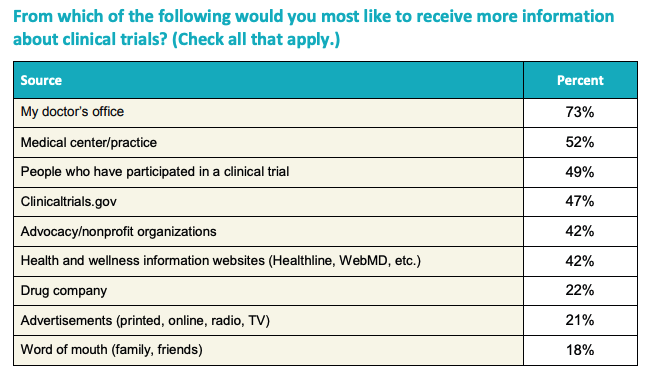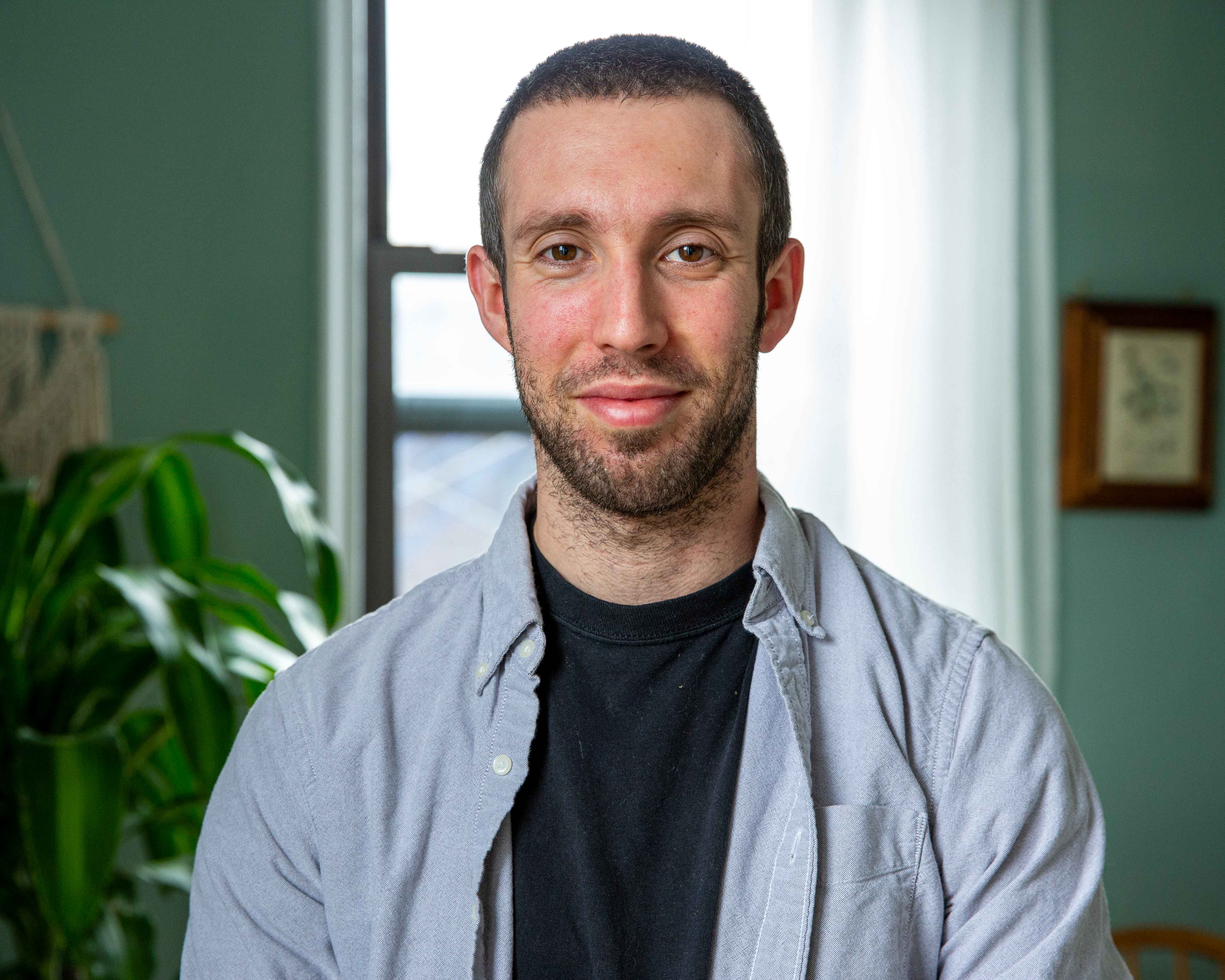The wrong way to use social media for clinical trial recruitment

Sometimes pharma professionals and researchers tell us that they didn't get the results they wanted from using social media for clinical trial recruitment. Patients responded to ads, they say, but didn't end up taking the next step. We've also heard that their social media referrals weren't ultimately eligible for the trial or that they lived too far from research sites. Then there's the concern around two-way communication on social media ads: How can adverse events be responded to properly?
While these are all valid questions and concerns, social media is one of the most powerful tools for patient recruitment. Yet, simply creating a few ads doesn't get the job done. Social media is just one piece of an overall digital patient recruitment strategy that includes careful testing and engagement offline, too.
If you're not getting the results you want from social media, your team may be making one of these critical mistakes.
Mistake: Creating general content for all social media platforms
As social media platforms have grown in terms of advertising revenue, their offerings have significantly expanded, too. Companies like Facebook, Google, Twitter, and TikTok are regularly adding new ad types to their repertoire, all with different size specifications, character counts, and best practices.
This means that an attractive Google ad may not work within Facebook’s ad templates, and an effective Facebook ad may not fit the bill for TikTok’s ad specifications. It’s not enough to simply create general content for all social media platforms. You should be creating platform-specific ads, which will give your campaign the best chances for success.
If you don’t know where to start (let’s face it, there is a lot of homework to be done) and if you're excited about using social media for patient recruitment, consider working with a patient recruitment company that has experience optimizing ads across platforms. Clinical trial patient recruitment companies are experts when it comes to keeping up with the ever-changing social media space. They can help you maximize your campaign budget to yield positive recruitment results.
Mistake: Setting it and forgetting it
Your recruitment team chose the right targeting, selected creative, created a budget, and launched a social media campaign. After all of that effort, it's time to sit back and let the referrals roll in, right?
Unfortunately, that's not the case. An effective social media campaign requires careful monitoring to keep track of which ads are performing best and routine optimization to edit campaigns that are not driving the results you want. “Set it and forget it” doesn’t quite cut it for clinical trial campaigns. But that’s why clinical trial patient recruitment companies exist. They’ll ensure the trial runs smoothly from start to finish and will optimize along the way.
It's also critically important to record and respond to comments on social media posts, particularly so any adverse events related to the trial can be appropriately recorded. Look for a patient recruitment company that has a team ready to respond to and elevate patient questions, which can improve both ad engagement and user experience.
Mistake: Leaving patients in the dark about the next steps
We often hear from trial teams that patients found through social media don't respond to later attempts to contact them. While it's true that some people who respond to ads may ultimately not want to participate, sometimes patients just aren't sure what to expect or what to do next.
Patient response rates and retention are better when:
- Referrals receive a phone call within 24 hours of expressing interest in a clinical trial. At Antidote, we typically ask patients additional questions about their condition over the phone after they fill out an online pre-screener. We call patients as soon as possible. Like anyone, patients interested in research have busy lives, and a clinical trial may not be top of mind, especially after a few days have passed.
- Referrals know when and how they'll be contacted. Billions of robocalls are made each year. That means many people simply don't pick up their phone when an unknown number calls. Let patients know when they should expect to hear from you, and be as precise as possible. You can also consider sending a text message first to confirm their availability and share a number they can reach out to directly as well.
- Referrals are contacted in multiple ways. If patients don't answer their phones, don't stop there. Send a few emails and text messages reminding patients about the trial and providing contact information so they can take the next step if they're interested, too.
- Ads are properly targeted and transportation support is offered, if available. If your ads are bringing in patients who conclude that they live too far from research sites, make sure a specific mile radius targeting is properly set up in your ads. If the trial is offering any support for travel, such as reimbursements for gas or even plane or train tickets, make sure patients are familiar with all of these options before declining the opportunity.
Mistake: Neglecting the creative piece
Patients won't respond to clinical trial ads that don't pique their interest. But while there may be certain creative trends that typically perform well in a campaign, the best way to find out what will work for a given clinical trial is to run effective A/B tests.
Also called split tests, this marketing approach allows patient recruitment teams to identify the creative options that perform best. How this is defined may vary as the clinical trial progresses. At first, an ad may seem to perform well because it has a low cost per click, but it could turn out later that a few patients who clicked on the ad ultimately joined the trial.
The strategy for one clinical trial rarely maps perfectly onto the next project, so it's important that your patient recruitment agency prepares a portfolio of ad creative for testing.
When creating clinical trial advertising materials, it's important to craft creative that connects with patients and care partners. But remember, in order for your Institutional Review Board (IRB) to approve your materials, they must also adhere to guidelines set out by the Food and Drug Administration (FDA). Working within those guidelines doesn't mean your outreach has to be dry, but it should be clear and honest.
Mistake: Relying completely on social media for clinical trial recruitment
At Antidote, we know that well-planned social media campaigns can reach patients interested in taking part in clinical trials. But we also know that patients prefer to hear about research from other sources. In a recent survey of nearly 4,000 patients that we conducted, 42% of respondents said they would prefer to hear about clinical trial opportunities from advocacy groups and nonprofit organizations, compared with 21% who would like to hear about trials from advertisements.

We believe that almost all clinical trial recruitment strategies require a diverse approach that reaches patients both through advertising channels as well as through groups or individuals that are trusted and familiar. Members of our partner network share both educational materials to answer common questions and concerns about clinical trials, as well as spread the word about research opportunities with communities that already trust them.
Looking for support on your next patient recruitment campaign? Download our cases studies to learn about how Antidote accelerates recruitment for sponsors.
Topics: For Sponsors

